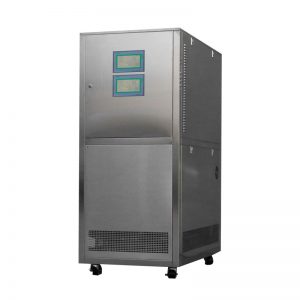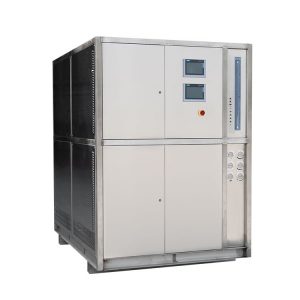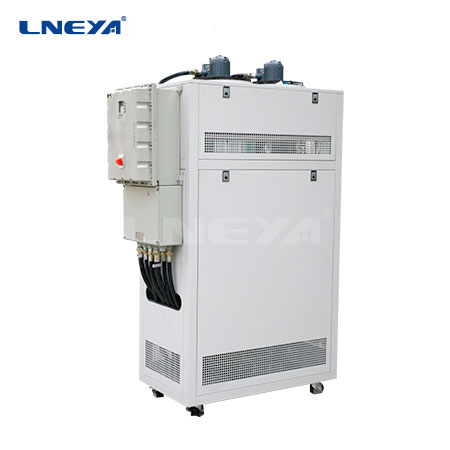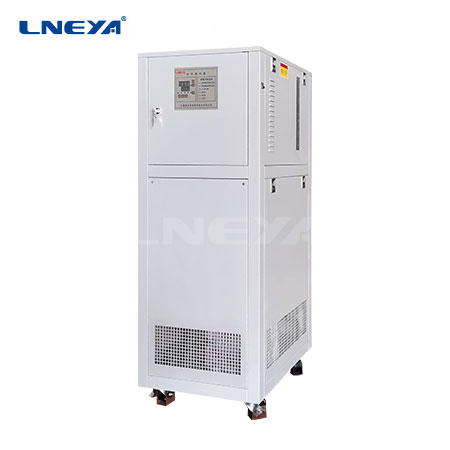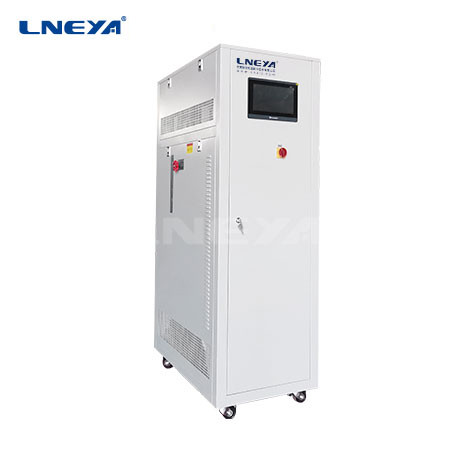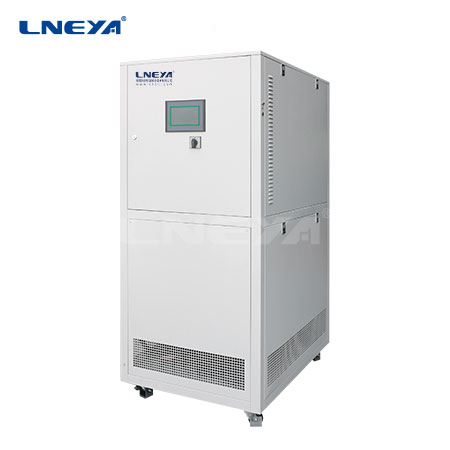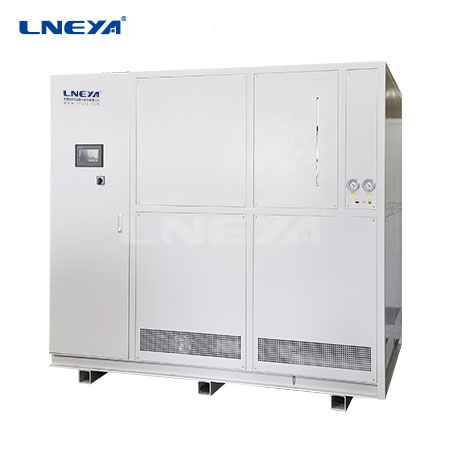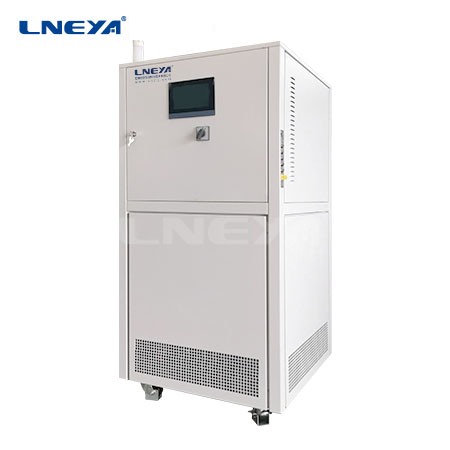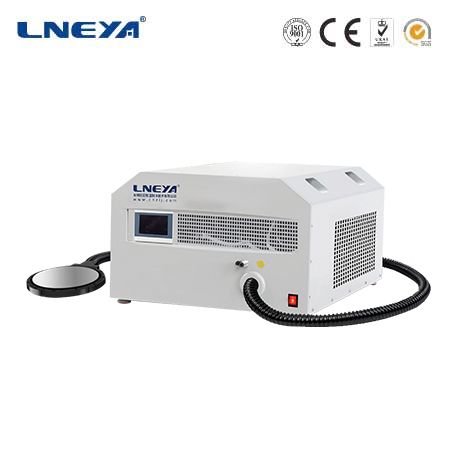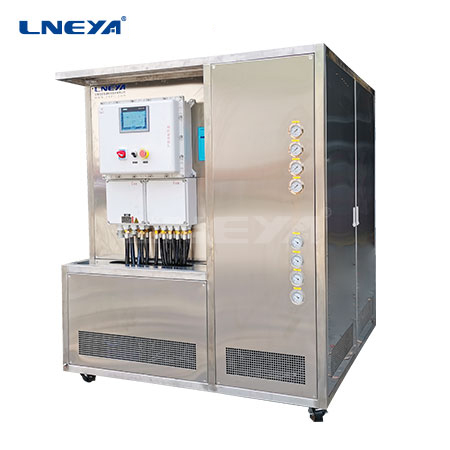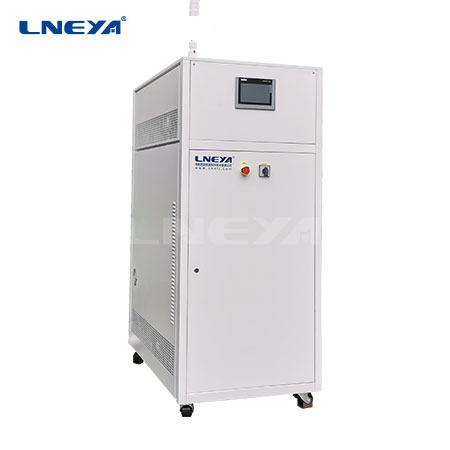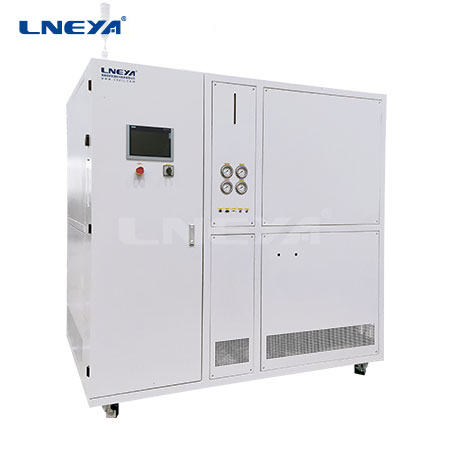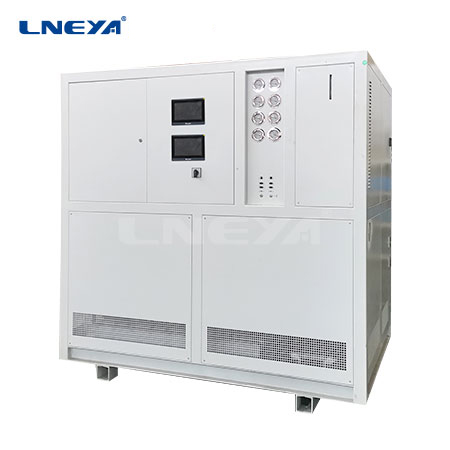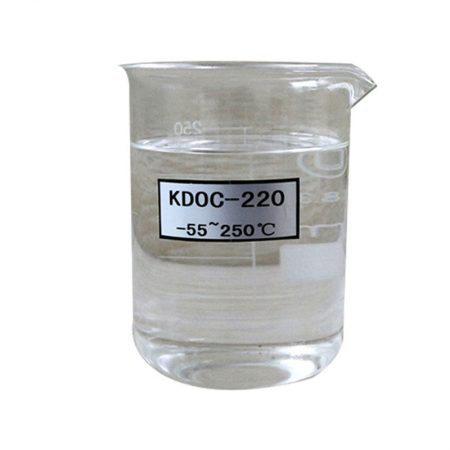EV Battery Cooling System
완벽한 온도 제어 솔루션을 위해 지금 바로 문의하세요.
Introduction to ev battery cooling system
New energy vehicles refer to all other energy vehicles except gasoline and diesel engines, mainly including: fuel cell electric vehicles, pure electric vehicles, gasoline-electric hybrid vehicles, hydrogen engine vehicles and solar vehicles, etc. In the current automobile market, pure electric vehicles have clearly become the leader of new energy vehicles, and gasoline-electric hybrid vehicles and fuel cell vehicles also occupy a certain market share. With the continuous advancement of technology, automobile manufacturers increase the mileage, increase investment in infrastructure, and solve problems such as battery charging speed, charging time and battery recycling through technology, so as to make the safety and composition of the battery And other problems have been improved to a certain extent, so it seems that new energy vehicles are expected to become the backbone of automobile development.
The new energy vehicle power battery system is the energy source of the whole vehicle, and its working environment temperature is too high or too low directly affects the life of the battery and the mileage of the vehicle, and even affects the safety of personnel and vehicles. Therefore, the thermal management requirements of the power battery are more stringent . Because water cooling has the advantages of large heat transfer coefficient, good heat transfer effect, fast cooling, uniform heat dissipation, and small fluctuations, current new energy vehicles usually use water cooling to cool down the power battery.

Cooling principle of ev battery cooling system
The cooling principle is: when the new energy vehicle is running, water flows through the power battery, and the excess heat generated by the battery is taken away by convective heat exchange to ensure that the battery’s operating temperature is maintained within a reasonable range. As for the motor, similar to the power battery cooling system, it is cooled by liquid cooling. The difference is that the power battery system uses water as the cooling medium, while the motor cooling medium is replaced by a mixture of water and ethylene glycol, which is indirectly cooled by convective heat exchange on the outer wall of the motor stator through the cooling water jacket. Go to the electric control aspect. With the development of 5G and artificial intelligence unmanned driving technology, the intelligence of new energy vehicles is increasing day by day, which brings a large increase in the number and types of electronic control electronic components, which intensifies the demand for cooling. Liquid cooling is still the main cooling solution for high-power electronic control equipment, while low-power electronic equipment needs to rationally optimize the layout, create low-cost air-cooled scenarios, and maximize the natural heat dissipation effect.
Composition of ev battery cooling system
1. Radiator
The radiator is one of the most important components in the cooling system. It transfers the heat of the engine to the air through heat dissipation, keeping the engine at normal operating temperature. New energy vehicle radiators are generally made of aluminum, which has the advantages of high heat dissipation efficiency, light weight, and high strength.
2. Water pump
The water pump is another important component in the cooling system. Its function is to circulate the coolant to remove the heat emitted by the engine. New energy vehicle water pumps generally use electric water pumps, which have the characteristics of low energy consumption, fast response, and long life.
3. Coolant tank
The coolant tank is the place where the coolant is stored. Its main function is to store the coolant and circulate the coolant to the engine through the water pump. New energy vehicle coolant tanks are generally made of plastic materials, which have the advantages of light weight and corrosion resistance.
4. Coolant
Coolant is the heart of the cooling system. It removes the heat generated by the engine through circulating flow and keeps the engine at normal operating temperature. New energy vehicle coolant generally adopts environmentally friendly coolant, which has the characteristics of low toxicity, low volatility, and high temperature resistance.
5. Temperature sensor
Temperature sensors are an important part of cooling systems. Its function is to detect the temperature of the engine and transmit the detection result to the engine control unit (ECU). The temperature sensor of new energy vehicles generally adopts a patch temperature sensor, which has the characteristics of small size and fast response speed.
6. Water pipe
Water pipes are the pipes that connect the various components in the cooling system. Its job is to circulate the coolant from the coolant tank into the engine and back to the coolant tank. New energy vehicle water pipes generally use high-pressure hoses, which have the characteristics of high pressure resistance and corrosion resistance.
7. Cooling fan
The cooling fan is an accessory device in the cooling system. Its function is to blow air behind the radiator to increase the heat dissipation area of the radiator and improve the heat dissipation efficiency. New energy vehicle cooling fans generally use electric fans, which have the characteristics of low energy consumption and fast response.
The above are the main components of the new energy vehicle cooling system. These components work together to ensure the normal operation of the engine and improve the overall performance of new energy vehicles.
이메일: info@lneya.com WeChat ID: +8615251628237 WhatsApp: +86 17851209193
 LNEYA
LNEYA
 简体中文
简体中文










